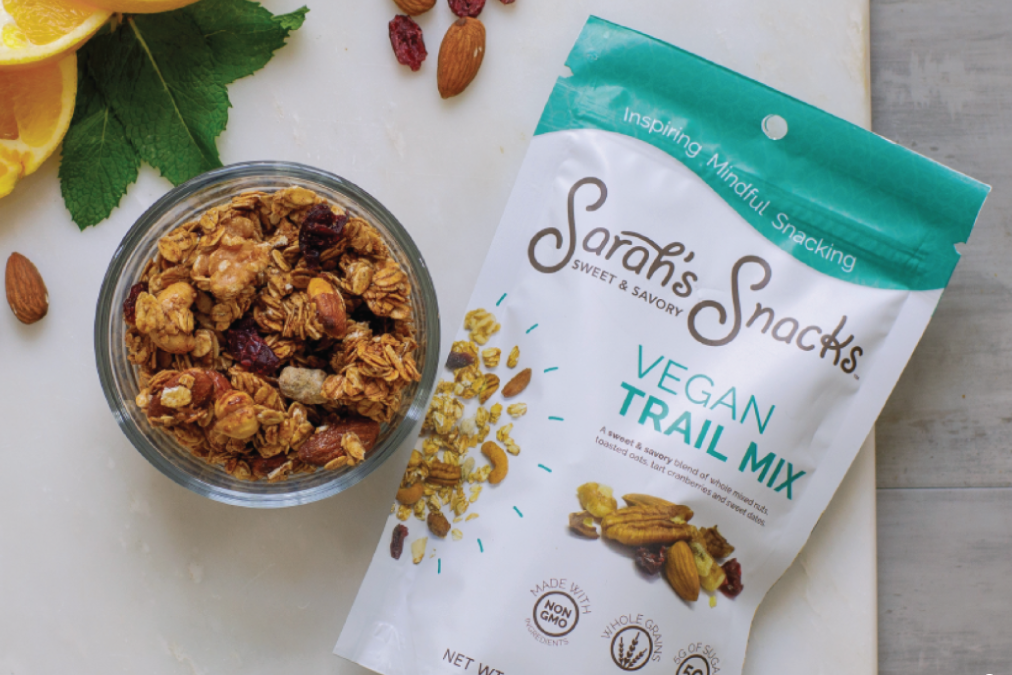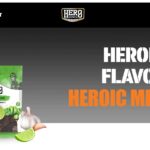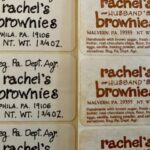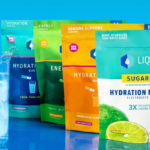What happens when you have too many brands in your portfolio and not enough resources to support them all?
Sarah Lanphier and her mom Gayle Lanphier started Nuts About Granola about ten years ago when Sarah was in college. Their company is based in York, Pennsylvania and was built around a passion for healthy eating and serving a distinct consumer who cared about the snack foods they put into their bodies.
Over time, they sold their granola under a private label brand and never really invested in growing a single brand outside of her hyper-local community. Consumers could buy direct and in limited retail shops. Nuts About Granola, Forager and Sarah’s Snacks are three brands within her company.
She partnered with manufacturers to make her product avoiding the complexity and investment of investing in manufacturing, but she still had three brands, not one. After her Forager brand got distribution on Costco, she realized that she needed to focus on building a single brand, not three. She recognized the benefit of a focused approach putting more effort against one brand idea.
Brand Consolidation
Small to large companies with a portfolio of brands, often realize that it is challenging enough to build one brand and multiple brands can be difficult, distracting and expensive to grow.
Sarah chose to consolidate everything into one brand, Sarah’s Snacks, with the qualifier, sweet and savory as part of the logo lockup. Along with a new brand promise, INSPIRING MINDFUL SNACKING, she repacked and focused her energy on building one brand.
I have been to this circus before, and its tough.
When I had the responsibility of EVP of Marketing for GoodMark Foods (and then ConAgra Snack Foods), we had a portfolio of brands. Often we looked at our brand portfolio and wondered if we should consolidate several of our meat-based products under one umbrella. Slim Jim’s was a meat snack in stick form, Pemmican was an all natural jerky brand and Penrose was a sausage brand. We even had another brand called Tijuana Mama. That is a lot of meat snack brands.
Brand consolidation issues were a constant battle between limited resources and focused brand positions in the marketplace. For my time at the helm, we left things alone but did some small experiments in test markets to learn about consumer reaction. Given the chance to do it again, I might have bet on a one-brand strategy under the Slim Jim brand and created a consolidated portable protein snack platform.
Even companies with resources have to place a bet on one versus several brands. Unless you are playing in many different categories, getting noticed and critical mass is easier when everyone is aligned with one versus several brands.
Brand Focus – Three Thoughts
- Sometimes a Control Brand is Important: If you have more than one brand in the same category, are you supporting each brand or using it to separate your offerings to the public. Sarah’s Forager brand might be perfect at Costco where the price, size, and value is different than a consumer buying one 10 oz bag a time at a traditional grocery like Publix. Sometimes, a secondary or “control brand” makes sense. A control brand can also allow you to sell to competing retailers or distributors for strategic reasons like to block a competitor from extending their retail presence.
- How much distance is there between brands? If you have multiple brands, in the same category, is there enough distance between the brands that they can meet different audience needs, but still be part of a portfolio? In automotive, Lexus is a brand within the Toyota family but serves a distinct segment with distances from Toyota. In beverages, Coke sells differed brands for water to juice to energy drinks. Most companies don’t have the capital to build portfolios of brands. Sometimes, you have to think about a bigger platform idea if you want to scale, like my example above in portable protein snack products.
- Brands require a lot of resources: Building a brand involves time, energy and focus. Every product under a brand needs to fit and serve a specific community. Marketing investments are required to raise awareness, gain trial and generate leads. It is rare that divided into many small brands in one category makes sense, particularly for small to mid-sized business.
In my consulting practice, I often get asked about brand portfolio challenges. My motto is how simple you can make things? If you try to do three things, they’ll all suffer. Focusing on one brand is often the smart choice, especial for brands under $50 million in revenue.
Wrestling with a brand issue? Need help untangling the shoelaces of branding? I can help. You can set up a time to chat using my calendar. The conversation is free and we can explore if working together makes sense. Or email me at jeffslater@themarketingsage.com or call me at 919 720 0995.
Photo courtesy of Sarah’s Snacks




